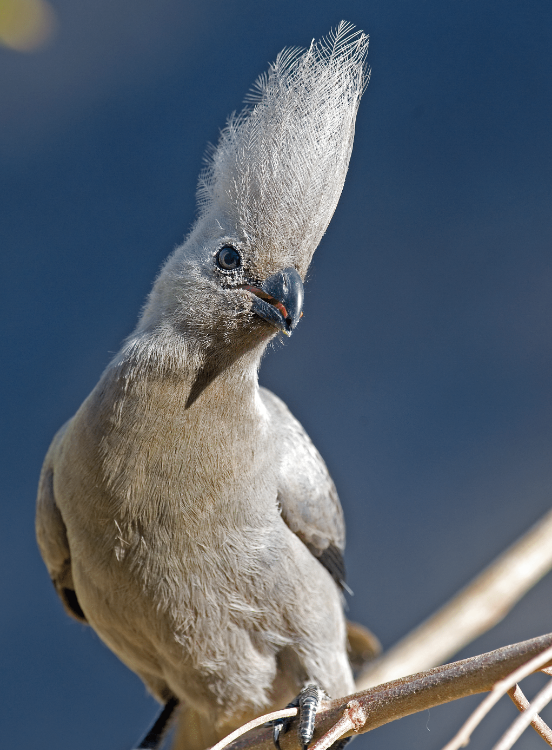Bird’s-eye view – Redbilled quelea
December 5, 2012Bird’s-eye view – Marico sunbird
December 5, 2012By Pompie Burger
Hamerkop, Scopus umbretta
Roberts’ No 81
The Hamerkop is classified between herons and storks, having features of both – ample justification for being regarded as a family on their own.
Their flat, heavy hooked bill is unique, as well as the fact that their back toes are on the same level as their three front ones. In flight their neck is straight like the stork’s, while their voice, although these birds are rather quiet, is more like that of the heron. Thus they don’t do ‘bill-clapping’ like the storks.
The hamerkop features prominently in African legend and folklore. There is a superstition among some indigenous tribes that when these birds fly over your hut, you must demolish the hut immediately.
In all fairness, I think that apart from their backward pointing ‘hamer’ crest, their real claim to fame is their nests.
The hamerkop’s nest is a huge oven-shaped mass of sticks, reeds and grass, plastered with mud and built in the fork of a large tree. Material is continually added to it, which often gives rise to it being referred to as a ‘rubbish heap’. The opening is positioned in such a way that only flying animals can enter. The nest is about two metres in width, the stick roof being a metre thick and weighing up to 50 kg. The nests are so strong that they can take the weight of a full-grown man. They are often shared with Egyptian geese, white-faced owls and even bees, while giant eagle owls and spur-winged geese prefer to stay on top.
The hamerkop’s diet consists mainly of frogs, sometimes also fish, which are caught while foraging in the mud or shallow water. The bird often stands motionless at the water’s edge for long periods waiting for a meal to show up. This has led people to believe that the bird is actually admiring itself in the water.
Hamerkops occur throughout Namibia except in the dry west.
About the author:
Based in Windhoek, Pompie Burger is an orthopaedic surgeon whose part-time passion is photography, in particular wildlife, and specifically birds. This regularly takes him to the most remote corners of the country, resulting in riveting images and articles.
Pompie is the author and photographer of the coffee table book Birds of Namibia, which was published in 2008. The book contains articles and photographs which attest to the insight and knowledge of an accomplished observer.
Read more of his articles in our Birding Section.
This article appeared in the September ‘05 edition of Travel News Namibia.


